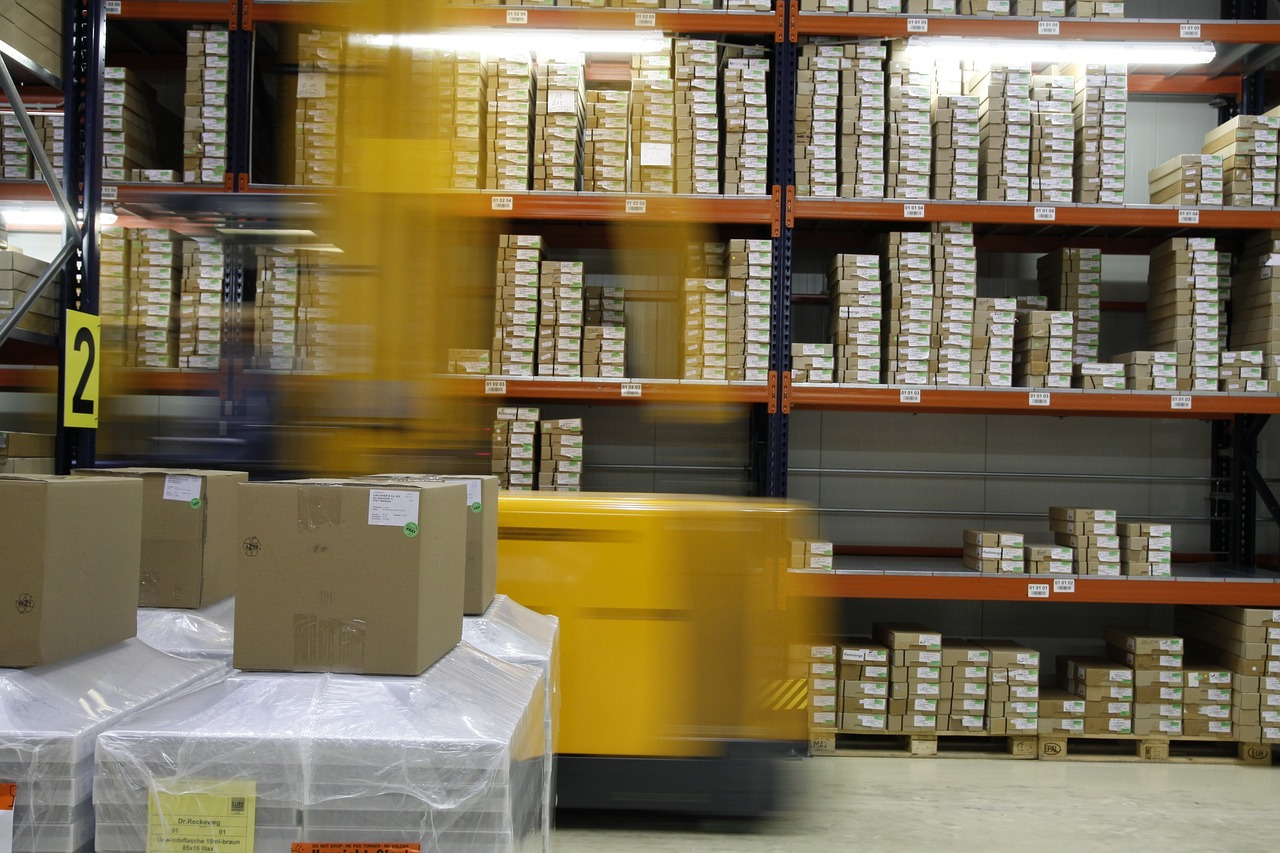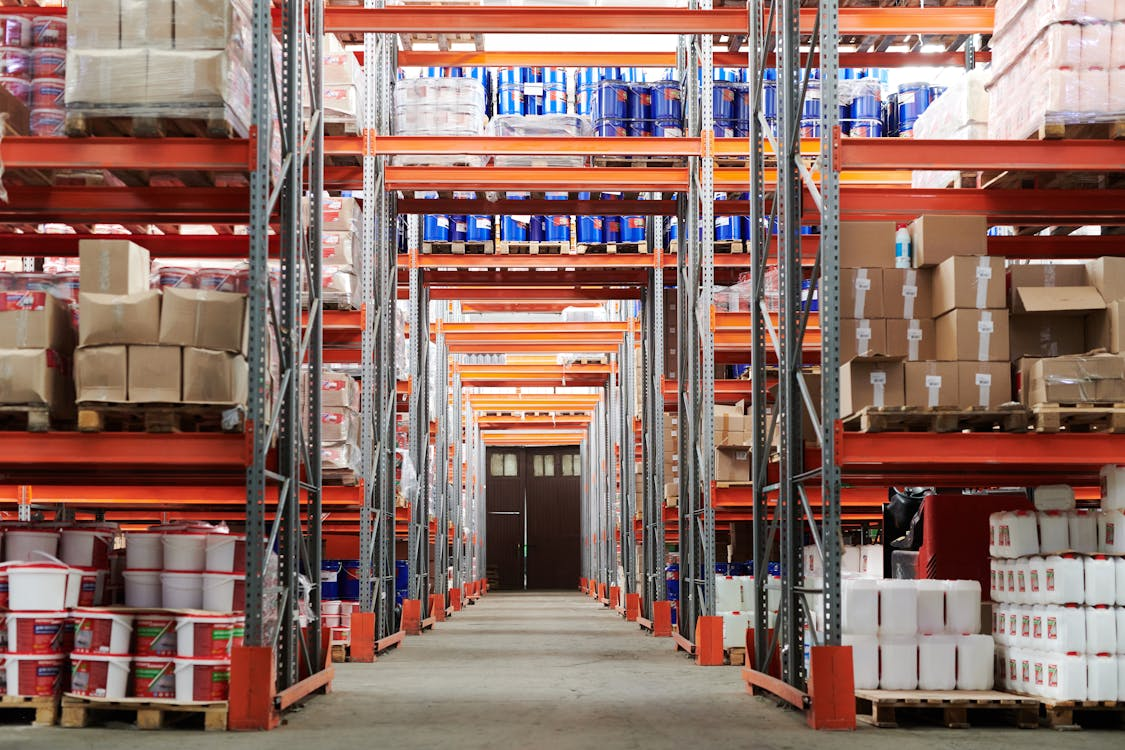Selecting the right pallet racking system for your warehouse can significantly impact your storage efficiency, organization, and productivity. Many warehouse managers face the challenge of balancing available space with the need for accessibility and safety. With countless options available in the market, understanding what to consider when choosing a system can streamline your operations and enhance your workflow.

Understanding Your Warehouse Needs
The first step in selecting a pallet racking system is to analyze your specific warehouse needs. Consider factors such as the type of products you store, their size, weight, and how frequently they need to be accessed. For instance, if you handle a range of product sizes, you may need adjustable racking systems that accommodate different heights and widths.
Evaluating your operational flow, including receiving, storing, and shipping processes, can provide insights into maximizing your space. One key player in this space is one-stop fabricators, known for their expertise in custom material handling solutions. Their systems are designed with the flexibility to adapt to various warehouse sizes and operational requirements. You may more effectively match your racking selection with your operational objectives by taking these factors into account.
Types of Pallet Racking Systems
There are several types of pallet racking systems, each designed for specific storage needs. The most common types include selective racking, drive-in racking, push-back racking, and pallet flow systems. Selective racking provides direct access to pallets and is the most widely used due to its adaptability to both standard and custom sizes. For warehouses that deal with higher volumes of goods with less variety, drive-in, and push-back systems can save space while maintaining product accessibility. Pallet flow racking, on the other hand, uses gravity to move products from the loading side to the picking side, making it ideal for high-density storage. Understanding the characteristics of these systems helps you choose one that aligns with your inventory turnover rates and product dimensions.
Space Considerations
Space utilization is a crucial factor in pallet racking selection. It’s essential to evaluate both the vertical and horizontal space in your warehouse to maximize efficiency. High-rise racking systems can leverage vertical space, but they require careful planning to ensure that they remain accessible. Additionally, consider aisle widths; while narrower aisles can save space, they may limit accessibility for forklifts and equipment. Designing your layout to accommodate both workflow and safety protocols can help you avoid costly redesigns down the line. Visioning a well-organized warehouse layout ensures that storage efficiency and easy access remain a priority.
Safety and Compliance
Safety is paramount when selecting warehousing solutions. Adhering to safety standards and regulations ensures a secure work environment for employees. Each type of racking system comes with specific load capacities and requires proper installation to prevent accidents. Regular inspections and maintenance of the racking systems help in identifying potential issues before they escalate. Investing in quality systems from reputable suppliers not only enhances safety but can also lead to long-term cost savings by reducing damage to products and equipment over time.
Training employees on proper handling and loading techniques further minimizes risks associated with warehousing operations. Clear labeling of load limits and proper signage around the facility can prevent inadvertent misuse of the racking systems. Incorporating advanced technologies like automated monitoring systems can provide real-time alerts about structural integrity or potential overloading. These measures create a proactive approach to safety, ensuring compliance and protecting both employees and assets.
Customization Options
Many warehouses require customized solutions to meet their unique storage and handling needs. Custom pallet racking systems can be designed to fit specific dimensions or to accommodate specialized handling equipment. Engaging with suppliers who offer customization options allows for a more tailored approach that can significantly improve operational efficiency. One Stop Fabricator stands out in this aspect by providing a variety of customizable racking options that are adaptable to diverse product types and operational requirements. Their expertise can turn theoretical layouts into practical, functioning systems.
Cost Considerations
Budget constraints play a significant role in the selection of a pallet racking system for your warehouse. It’s important to consider both the initial investment and the long-term costs associated with maintenance, potential repairs, and necessary adjustments. Comparing different systems and suppliers can help you find the best price without sacrificing quality. In some cases, choosing slightly more expensive options can yield greater efficiency and durability, ultimately leading to lower costs over time. Conducting a total cost of ownership analysis can provide a clearer picture of how various options stack up against your budget.
Future Growth and Scalability
When selecting your racking system, consider your business’s growth trajectory. Modular systems that can be expanded or reconfigured provide the flexibility you’re likely to need as operations scale. Implementing a system without clear future scalability might lead to additional costs when it becomes necessary to upgrade or expand later. Understanding timelines for potential growth and inventory fluctuations can aid in selecting a system that remains functional and efficient over time. Planning for variability fosters resilience in the face of changing market demands.
Engaging with Professionals
Consulting with industry professionals can provide valuable insights when selecting a pallet racking system. Engaging with manufacturers, suppliers, or warehouse design consultants can help clarify potential options, benefits, and drawbacks in your specific context. Their expertise can guide you through a structured evaluation of your needs versus available systems. Seeking professional advice on installation and maintenance can ensure compliance with safety standards and optimize the performance of your racking system.

Implementation and Training
Once a racking system is specified and installed, preparing your workforce for its use is crucial. Training staff to understand best practices for stacking and retrieving products safely ensures that the system operates optimally. Failure to educate employees might lead to mishandling, reduced efficiency, or increased accidents. Creating a training program that encompasses system usage, safety protocols, and maintenance routines will significantly improve overall productivity and safety in your warehouse environment.
Selecting a pallet racking system is not a one-time decision but rather an ongoing process. It is essential to periodically evaluate the effectiveness of your current system based on activity rates, efficiency metrics, and employee feedback. This approach allows for timely adjustments and adaptations to enhance performance further and meet changing needs. Embracing a culture of continuous improvement ensures that your warehouse remains competitive and efficient in the fast-paced landscape of materials.
